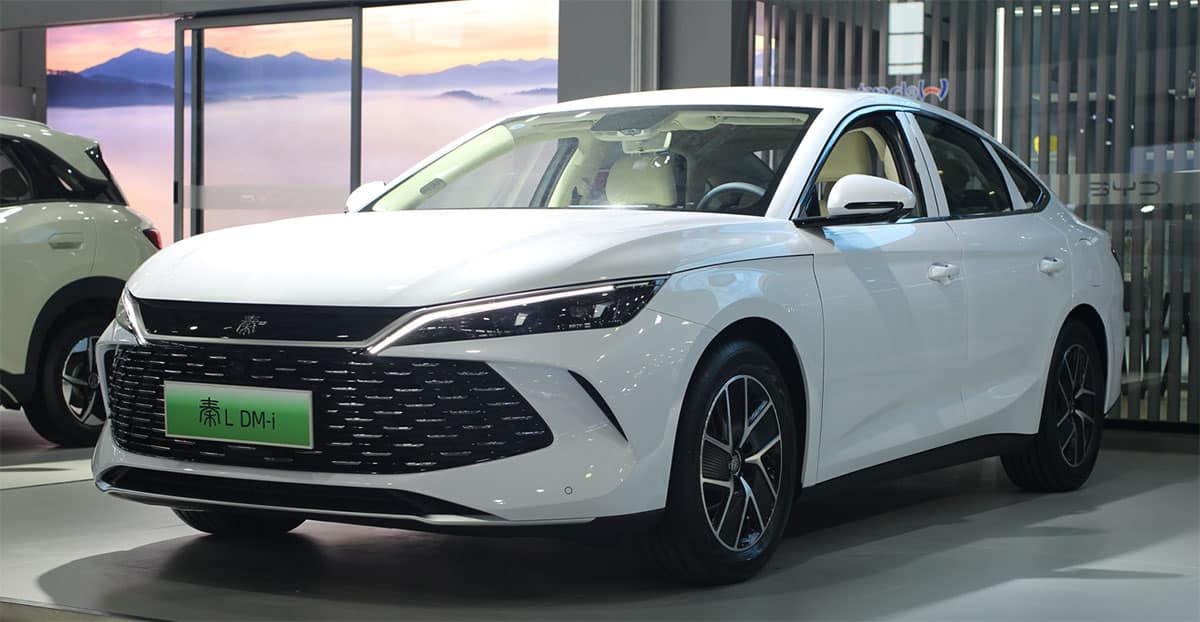The central government and state institutions and their subsidiaries should take the lead in using homegrown NEVs when equipping and upgrading their official vehicles, according to an announcement.

China is asking central government departments to take the lead in using locally made new energy vehicles (NEVs), as such models begin to outsell traditional gasoline vehicles.
The central government and state institutions and their subsidiaries should take the lead in using domestically made NEVs when equipping and upgrading official vehicles, according to an announcement posted yesterday on the website of the National Government Offices Administration (NGOA).
The NGOA is a subordinate agency of China's State Council, and is responsible for matters including the management of official vehicles, centralized procurement, and real estate management for central government departments.
Vehicles used for vital communications, relatively fixed route law enforcement, duty vehicles, and operational vehicles with a single use scenario and traveling mainly in urban areas should in principle be NEVs, according to the announcement.
Special professional and technical vehicles used for sanitation and cleaning, technical survey, inspection and testing, etc., should be prioritized with NEVs if NEVs can meet the needs.
Central government agencies should also accelerate the phasing out and scrapping of old vehicles with emission standards of China 3 and below, and prioritize the use of NEVs when updating vehicles, the announcement said.
They should also prepare annual plans for equipping and renewing official vehicles, and specify the number of NEVs to be procured in the plans.
Institutions with management responsibilities should strengthen the coordination and management of the procurement of NEVs for affiliated departments, and the proportion of NEVs in the new and updated official vehicles should be no less than 30 percent, and gradually increased later, except for cases due to special geographic and climatic conditions and the unavailability of suitable models, according to the announcement.
The announcement restricts the price of eligible models.
When central government departments are equipped with new energy sedans, the price should be no more than RMB 180,000 ($25,210), according to the announcement.
For models other than sedans, the price should not exceed the standard for equipping fuel vehicles of the same type, the announcement said.
The NGOA also asks central government departments to increase the construction of charging infrastructure and encourages them to make these facilities available to the public.
It's worth noting that the NGOA is only responsible for the asset management of China's central government, and is not involved in local government decisions.
In July, the Tesla (NASDAQ: TSLA) Model Y, along with a number of other locally-branded NEVs, made its way into the Jiangsu provincial government's NEV purchasing catalog, the first case of a Tesla model making its way into a government purchasing catalog in China.
That same month, several state-owned enterprises in Shanghai, where Tesla's China factory is located, purchased a batch of Model Y crossovers.
China's passenger NEVs sold 1.123 million units at retail in September, the second consecutive month over 1 million, up 50.9 percent from a year ago and 9.6 percent from August, according to the China Passenger Car Association (CPCA).
Retail penetration of NEVs in China was 53.3 percent in September, the third consecutive month above the 50 percent mark.
($1 = RMB 7.1402)

